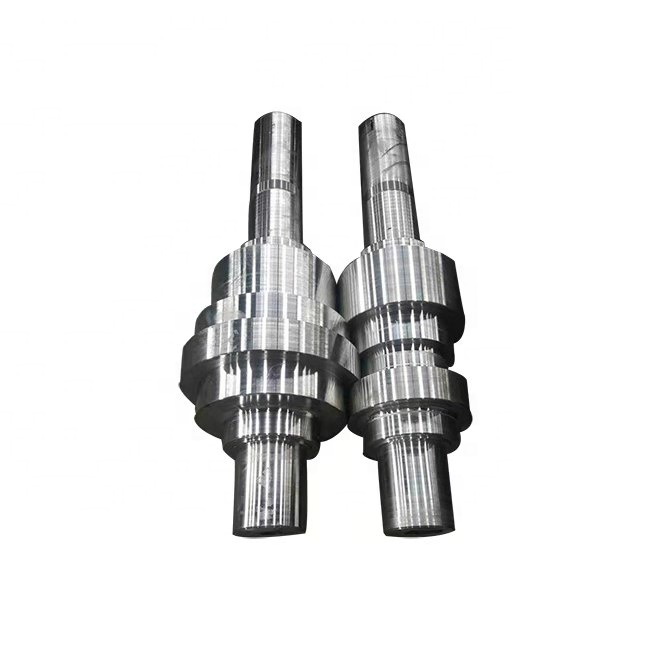How To Solve The Problem Of Roll Cracking
The use of rolls is often caused by various factors, resulting in various wear, cracks, shedding, cracking and other shortcomings of the rolls, causing serious impact on our production process. What is the method to deal with it?
The following explains the common shortcomings of the rolls and the introduction of the treatment methods.
1.Roller wear is divided into three categories.
Mechanical wear is caused by the friction between the roll appearance and the rolled parts.
Thermal wear is caused by the effect of high temperature softening, melting or evaporation of the surface layer.
Corrosion wear is caused by the chemical effect, electrochemical effect, oxidation effect, etc. of moisture on the roll surface, causing the loss and migration of the exterior material.

2.Roll cracking rolling in the production of heaps of steel, card steel, tail chasing and other incidents, resulting in a sharp increase in the temperature of its part, the resulting thermal stress and arrangement stress exceeds the limit, constituting thermal cracking.
Rolling extension constitutes the tongue, its temperature is lower than the middle of the rolled parts, will produce thermal stress as well as rolling stress abrupt changes, constituting impact cracks, rolling, due to iron oxide stack rolling, guide guard scratches and other reasons will also constitute cracks.
3.Roll off the composition and expansion of the crack accelerates, reaching a certain length and depth, will lead to fall off.
4.Roll cracking
1) Roll casting shortcomings roll centrifugal casting, due to centrifugal vibration produces composition and arrangement of laminar segregation, constituting the rapid expansion of cracks, resulting in roll cracking.
2)Roll arrangement shortcomings chemical composition is not qualified, improper cooling rate will lead to component segregation, carburization body too high shortcomings, only mechanical properties decline, and finally lead to cracking.
3) processing process rolls in forging pressure is too small or unreasonable deformation caused by the core of the rolls are not forged through, constituting a crack through the crystal. Its treatment methods.
1、The rolls are made of wear-resistant and heat-crack resistant material, and the corresponding heat treatment and logistics chemical treatment are adopted to homogenize the arrangement and increase the wear resistance of the appearance, and the rolls are inspected before the mill for hardness and ultrasonic waves to ensure that there are no cracks and other shortcomings.
2、When turning rolls, the residual oxidation layer and cracks are completely removed to reduce the cracks and shedding of rolls. 3、Reasonable arrangement of roll change cycle, matching rolls, drawing up detailed roll repair plan, controlling the amount of roll repair within the required scale, reasonable placement of cooling water injection scale and control of cooling water volume to ensure that the cooling temperature of rolls is controlled within the normal scale.
4, strengthen the equipment point inspection, prevention of rolling equipment incidents, reduce the resulting card steel, pile steel, tail chasing and other incidents, strict control of rolling temperature, eliminate low-temperature steel through the mill, to prevent rolling force overload.
